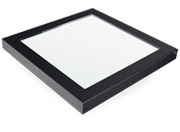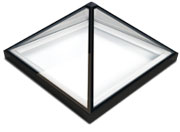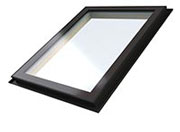How Opening Rooflights Work
Opening rooflights are a versatile addition to any home, offering benefits such as ventilation, temperature regulation, and improved indoor air quality. They come in various types, including electric and manual versions, suited for different needs and preferences. In this guide, we’ll explore the mechanics, types, benefits, and considerations of opening rooflights to help you understand how they can enhance your living space.

Types of Opening Rooflights
Opening rooflights can be categorized into several main types: hinged, pivot, and sliding, each offering unique functionalities and applications.
Hinged Rooflights
Hinged rooflights are versatile and commonly used for both residential and commercial purposes. They feature hinges on one side, allowing them to open upwards for ventilation. Let’s delve deeper into the subcategories of hinged rooflights:
Electric Vented Rooflights: Equipped with a chain actuator, these rooflights are electronically operated, making them convenient for remote control and automation.
Manual Vented Rooflights: Operated manually using a screwjack mechanism, these rooflights offer a cost-effective alternative without the need for electrical components.
Access Rooflights: Designed with pistons on either side, access rooflights open wider (approximately 70-90 degrees), facilitating easy ingress and egress to the roof space.
Automatic Opening Vents (AOV): Primarily used for fire safety, AOV rooflights open automatically to release smoke and heat in case of a fire, ensuring a safer environment.
Pivot Rooflights
Pivot rooflights are typically used for pitched windows, featuring a central pivot pin that allows the window to rotate. This design is advantageous for cleaning both sides of the glass and maximizing ventilation in pitched roof applications.
Sliding Rooflights
Sliding rooflights operate on a track system with a chain actuator for smooth opening and closing. They are suitable for applications where space restrictions prevent the use of hinged or pivot designs.
Benefits of Opening Rooflights
Opening rooflights offer several advantages that contribute to the comfort and functionality of your living space:
- Ventilation: Facilitates airflow to regulate indoor temperature, remove odors, steam, and smoke from kitchens, and manage moisture levels effectively.
- Natural Light: Enhances natural daylight penetration, reducing the need for artificial lighting and creating a brighter, more inviting interior.
- Energy Efficiency: Improves thermal insulation when closed, contributing to energy savings by reducing heating and cooling costs throughout the year.
- Aesthetics: Adds a contemporary architectural feature to your home, enhancing both internal and external aesthetics with sleek designs and clear glazing.
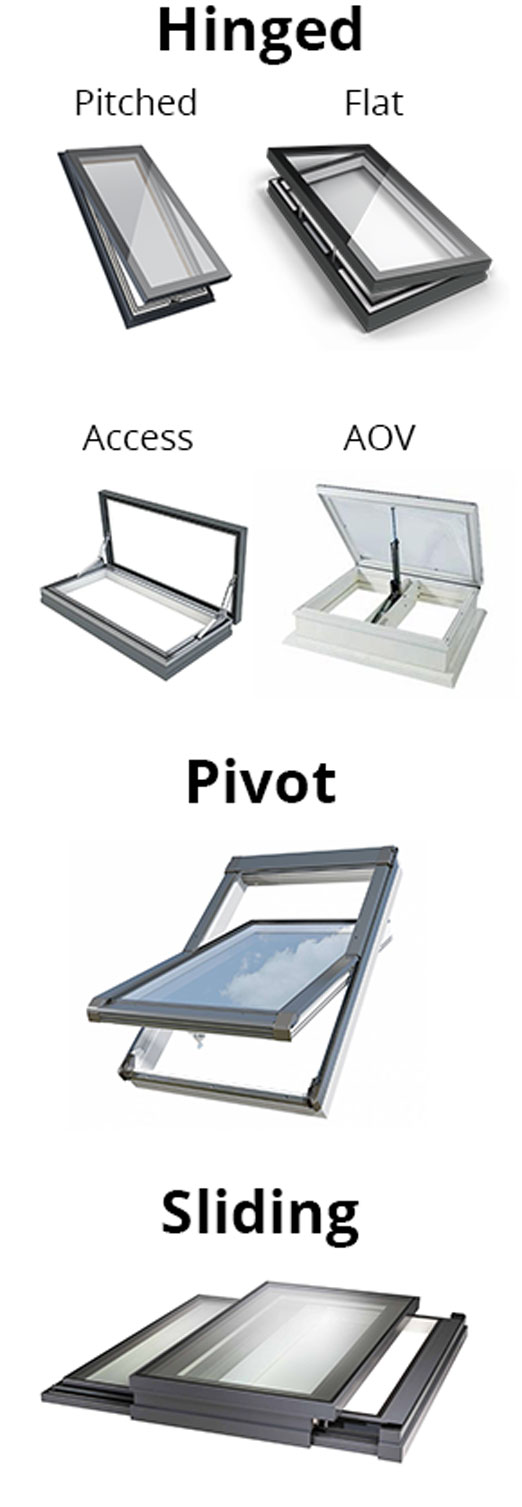
Mechanism and Components
The functionality and performance of opening rooflights depend significantly on their components and mechanisms. Here are key factors to consider:
Materials
The choice of materials affects the rooflight’s durability, thermal efficiency, and aesthetic appeal:
- Frame Materials: Opt for thermally broken aluminum frames for better insulation and durability compared to uPVC, which may expand and contract with temperature changes.
- Glazing: Prefer glass over polycarbonate for better clarity, durability, and thermal performance.
Actuators
Actuators are crucial for the operation of electric rooflights:
- Reliability: Choose high-quality actuators like those from Window Master known for their reliability and performance over time.
- Placement: Actuators can be installed internally, in an aluminum subframe, or integrated within the upstand. Each placement option offers different aesthetic and thermal advantages.
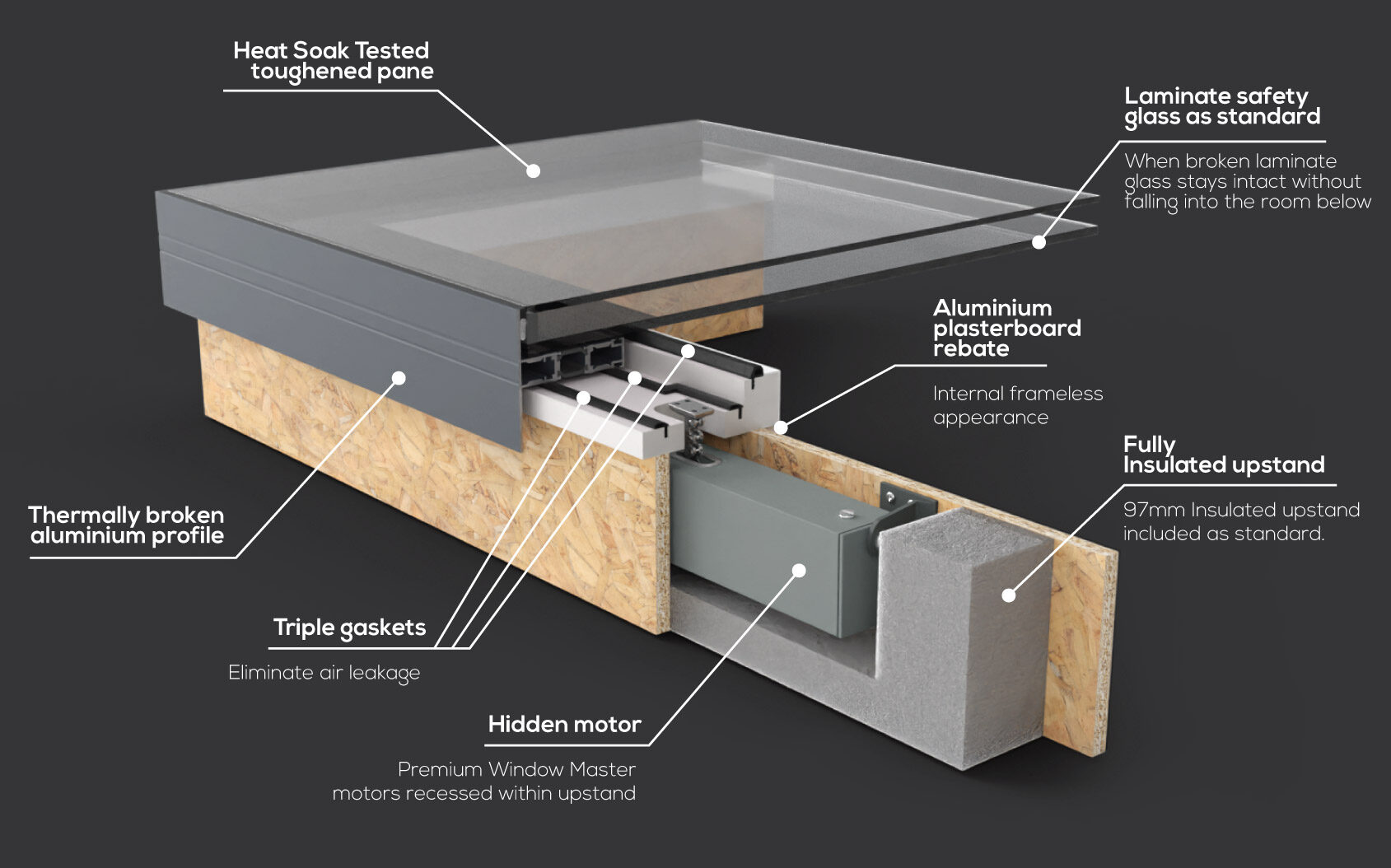
Considerations for Installation
Installing opening rooflights requires careful planning to ensure optimal functionality and performance:
Size and Placement: Choose rooflights that fit the dimensions of your space and consider their placement to maximize natural light and ventilation benefits.
Structural Integrity: Ensure the roof structure can support the weight of the rooflight and comply with building regulations regarding safety and load-bearing capacity.
Waterproofing: Proper sealing and waterproofing are essential to prevent leaks and water damage, especially in climates prone to heavy rainfall or snow.
Maintenance and Longevity
Regular maintenance enhances the longevity and performance of opening rooflights:
Cleaning: Keep the glass clean and free from debris to maintain clarity and maximize natural light penetration.
Lubrication: Periodically lubricate moving parts and hinges to ensure smooth operation and prevent wear and tear over time.
Inspection: Regularly inspect seals, gaskets, and mechanisms for signs of wear or damage and replace them as needed to maintain efficiency.
Electrics
Understanding the electrical aspects of rooflights is crucial for optimal performance and integration with smart home systems:
Voltage Options: Choose between 230V mains voltage for easier installation or 24V low voltage for flexibility and compatibility with smart controls and sensors.
Integration: Integrate rooflights with thermostats, rain sensors, and remote controls for automated operation and enhanced energy efficiency.
FAQs
- How can opening rooflights improve energy efficiency in a home? Opening rooflights can be integrated with thermostats to regulate temperature by automatically opening and closing, reducing reliance on heating and cooling systems.
- What is the typical lifespan of an electric actuator in a rooflight system? While actuators typically have a 1-year warranty, their lifespan can extend from 10 to 20 years depending on usage and maintenance.
- Are there any maintenance requirements for opening rooflights? Regular maintenance, including cleaning and lubrication of moving parts, ensures smooth operation and prolongs the rooflight’s lifespan.
- What safety features do automatic opening vents (AOV) rooflights offer in case of a fire? AOV rooflights automatically open to release smoke and heat, improving ventilation and creating safer escape routes during a fire emergency.
- How do I choose between manual and electric opening rooflights? Consider your budget, convenience preferences, and integration with existing home automation systems when choosing between manual and electric rooflights.
Conclusion
Opening rooflights are not just functional additions but transformative features that enhance living spaces with natural light, ventilation, and energy efficiency. By understanding their types, mechanisms, benefits, and installation considerations, homeowners can make informed decisions to improve their homes’ comfort, aesthetics, and sustainability.
Contact our team
If you have any questions, would like a bespoke price or want to enquire about our installation service. Give us a call or drop an email:
![]() 0208 462 3557
0208 462 3557

